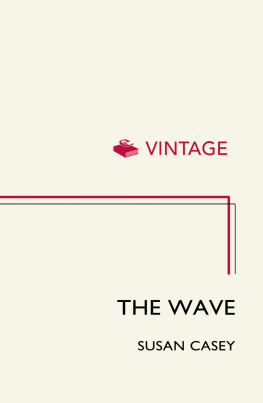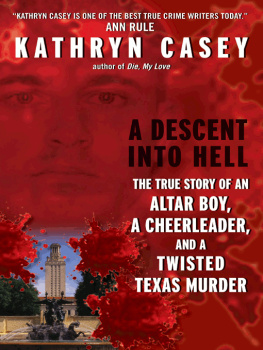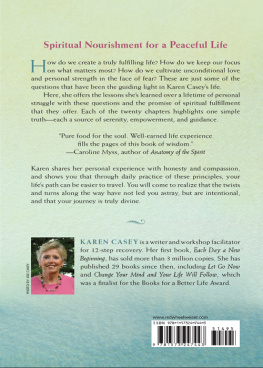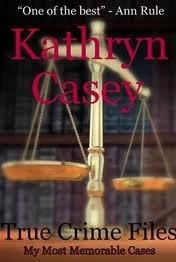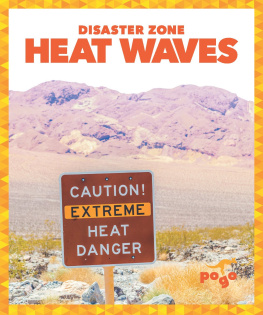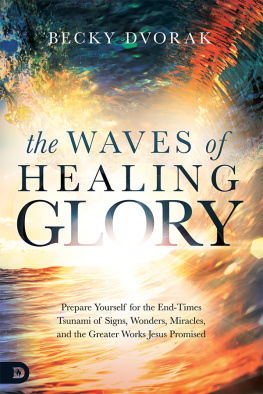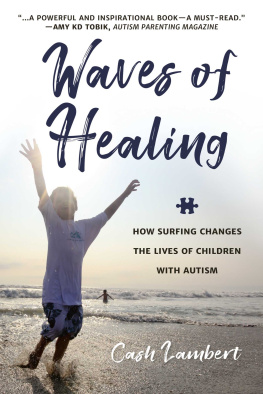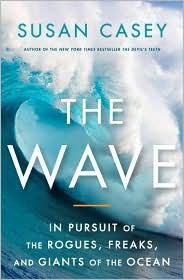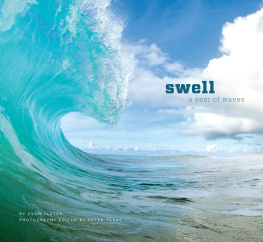SUSAN CASEY

IN PURSUIT OF THE OCEANS
GREATEST FURIES

This ebook is copyright material and must not be copied, reproduced, transferred, distributed, leased, licensed or publicly performed or used in any way except as specifically permitted in writing by the publishers, as allowed under the terms and conditions under which it was purchased or as strictly permitted by applicable copyright law. Any unauthorised distribution or use of this text may be a direct infringement of the authors and publishers rights and those responsible may be liable in law accordingly.
Version 1.0
Epub ISBN 9781407087078
www.randomhouse.co.uk
Published by Yellow Jersey Press 2010
2 4 6 8 10 9 7 5 3 1

Copyright Susan Casey 2010
Susan Casey has asserted her right under the Copyright, Designs and Patents Act 1988 to be identified as the author of this work
First published in Great Britain in 2010 by Yellow Jersey Press Random House, 20 Vauxhall Bridge Road, London SW1V 2SA
www.rbooks.co.uk
Addresses for companies within The Random House Group Limited can be found at: www.randomhouse.co.uk/offices.htm
The Random House Group Limited Reg. No. 954009
A CIP catalogue record for this book is available from the British Library
CONTENTS
In memory of my father,
RON CASEY
Also by Susan Casey
The Devils Teeth: The True Story of Great White Sharks




About the Book
Some people are drawn towards nature at its most extreme and it doesnt get more extreme than giant waves.
These deadly waves have a strangely hypnotic pull on two types of person: for scientists and super-surfers, rogue waves are a grail, and they will go to dangerous lengths to hunt them down.
This is a white-knuckle ride with the men who live to catch rogue waves. It zips from Lloyds of London to rusty oil rigs, tropical Tahitian surf shacks to super-computer data labs. Find out what happens when nature confronts nature at her most ferocious.
W HEN YOU LOOK INTO THE ABYSS ,
THE ABYSS ALSO LOOKS INTO YOU .
Friedrich Nietzsche
INTRODUCTION
57.5 N, 12.7 W, 175 MILES
OFF THE COAST OF SCOTLAND
FEBRUARY 8, 2000
T he clock read midnight when the hundred-foot wave hit the ship, rising from the North Atlantic out of the darkness. Among the oceans terrors a wave this size was the most feared and the least understood, more myth than realityor so people had thought. This giant was certainly real. As the RRS Discovery plunged down into the waves deep trough, it heeled twenty-eight degrees to port, rolled thirty degrees back to starboard, then recovered to face the incoming seas. What chance did they have, the forty-seven scientists and crew aboard this research cruise gone horribly wrong? A series of storms had trapped them in the black void east of Rockall, a volcanic island nicknamed Waveland for the nastiness of its surrounding waters. More than a thousand wrecked ships lay on the seafloor below.
Captain Keith Avery steered his vessel directly into the onslaught, just as hed been doing for the past five days. While weather like this was common in the cranky North Atlantic, these giant waves were unlike anything hed encountered in his thirty years of experience. And worse, they kept rearing up from different directions. Flanking all sides of the 295-foot ship, the crew kept a constant watch to make sure they werent about to be sucker punched by a wave that was sneaking up from behind, or from the sides. No one wanted to be out here right now, but Avery knew their only hope was to remain where they were, with their bow pointed into the waves. Turning around was too risky; if one of these waves caught Discovery broadside, there would be long odds on survival. It takes thirty tons per square meter of force to dent a ship. A breaking hundred-foot wave packs one hundred tons of force per square meter and can tear a ship in half. Above all, Avery had to position Discovery so that it rode over these crests and wasnt crushed beneath them.
He stood barefoot at the helm, the only way he could maintain traction after a refrigerator toppled over, splashing out a slick of milk, juice, and broken glass (no time to clean it upthe waves just kept coming). Up on the bridge everything was amplified, all the night noises and motions, the slamming and the crashing, the elevator-shaft plunges into the troughs, the frantic wind, the swaying and groaning of the ship; and now, as the waves suddenly grew even bigger and meaner and steeper, Avery heard a loud bang coming from Discoverys foredeck. He squinted in the dark to see that the fifty-man lifeboat had partially ripped from its two-inch-thick steel cleats and was pounding against the hull.
Below deck, computers and furniture had been smashed into pieces. The scientists huddled in their cabins nursing bruises, black eyes, and broken ribs. Attempts at rest were pointless. They heard the noises too; they rode the free falls and the sickening barrel rolls; and they worried about the fact that a six-foot-long window next to their lab had already shattered from the twisting. Discovery was almost forty years old, and recently shed undergone major surgery. The ship had been cut in half, lengthened by thirty-three feet, and then welded back together. Would the joints hold? No one really knew. No one had ever been in conditions like these.
One of the two chief scientists, Penny Holliday, watched as a chair skidded out from under her desk, swung into the air, and crashed onto her bunk. Holliday, fine boned, porcelain-doll pretty, and as tough as any man on board the ship, had sent an e-mail to her boyfriend, Craig Harris, earlier in the day. This isnt funny anymore, she wrote. The ocean just looks completely out of control. So much white spray was whipping off the waves that she had the strange impression of being in a blizzard. This was Waveland all right, an otherworldly place of constant motion that took you nowhere but up and down; where there was no sleep, no comfort, no connection to land, and where human eyes and stomachs struggled to adapt, and failed.
Ten days ago Discovery had left port in Southampton, England, on what Holliday had hoped would be a typical three-week trip to Iceland and back (punctuated by a little seasickness perhaps, but nothing major). Along the way theyd stop and sample the water for salinity, temperature, oxygen, and other nutrients. From these tests the scientists would draw a picture of what was happening out there, how the oceans basic characteristics were shifting, and why.

